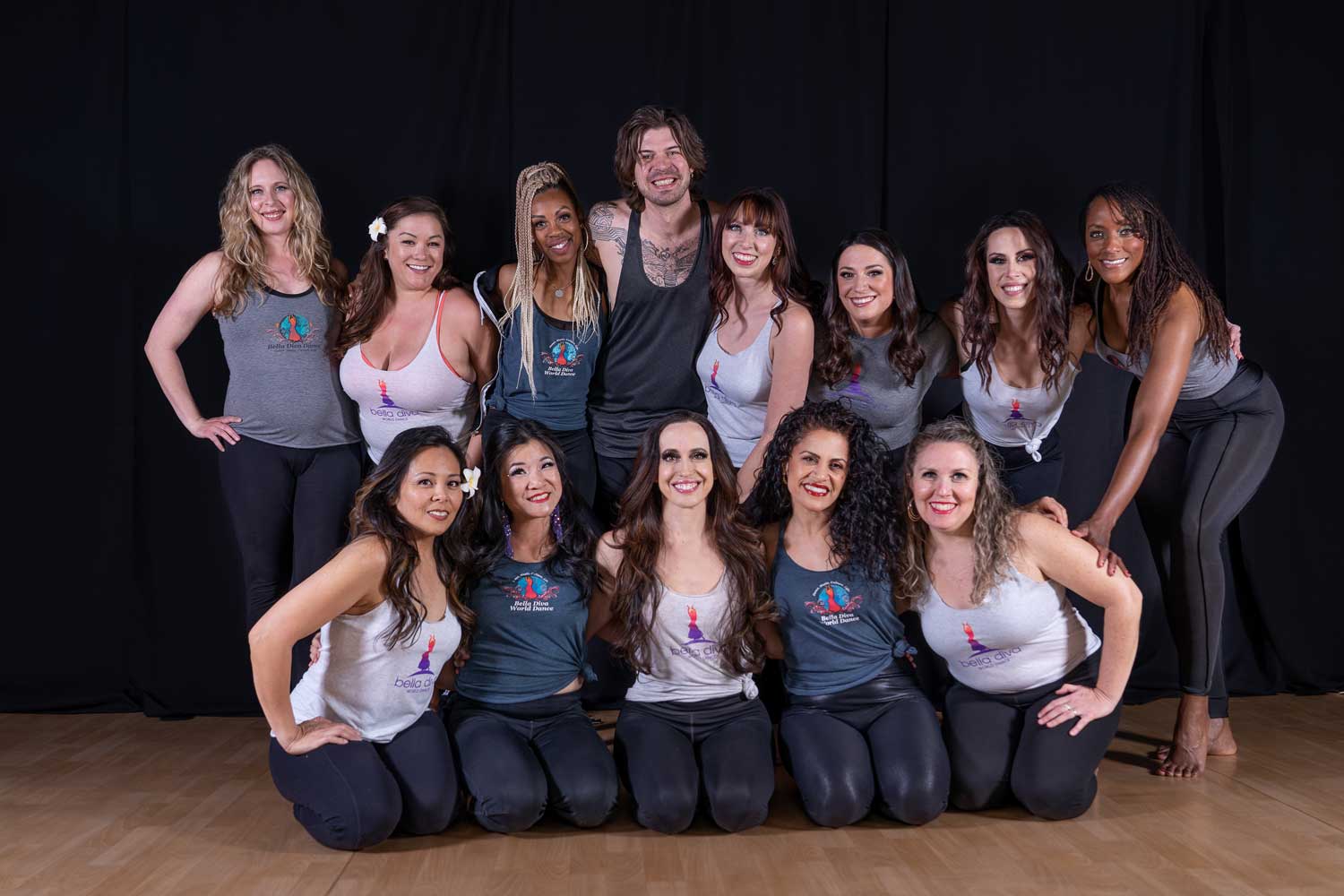
As a dancer, it’s not uncommon that you push your body to the limit sometimes while learning a new piece or using your body in new ways. For that very reason, it’s also not uncommon that some days, you wake up super sore and (quite possibly) can’t move as fluidly as other days. When you say “sore,” are you completely sure about what it means and how to deal with that? If you aren’t, this is what we’re here for.
What does “muscle soreness” mean?
So, what is “muscle soreness,” really? Every workout tears away at the muscle and then releases lactic acid, causing that discomfort that tends to occur between 24 and 48 hours after the activity. This is called Delayed Onset Muscle Soreness, or DOMS for short. Those little tears in your muscles need to heal so your muscle can grow stronger, and those same microscopic tears, coupled with the inflammation that accompanies them, cause the pain.
“The aches and pains should be minor,” says Carol Torgan, an exercise physiologist and fellow of the American College of Sports Medicine, “and are simply indications that muscles are adapting to your fitness regimen.”
[Source: WebMD http://www.webmd.com/]
Dealing with Muscle Soreness

Stretching is a good idea; however, your regular “sitting-on-your-split” stretches might not be the best way to go. Dynamic stretches are a much smarter choice (sun salutations, downward dog position, plies a la second…). This way you can warm up while working through the stretch and, at the same time, bring blood flow to the area.
Cooling down is just as important. Take 10 or so minutes at the end of your routine to go over some of the same stretches you did before, except this time, you can hold each position for 20 to 30 seconds in order to elongate the muscle and prevent soreness.
You can also resort to taking an over the counter anti-inflammatory pain reliever or a muscle relaxer, more information on https://thefitnessequation.com/tfestore/soma-carisoprodol/. If you’re already sore, you can take one after class to ease the pain a bit and help your body relax. If you’re not sore and you think the upcoming routine might put significant stress on your muscles, you can also take one before class as a preventive measure.
Most importantly, pay attention to your body. If that “soreness” you’re experiencing goes on for over 48 hours, you might have actually injured yourself. If that’s the case, make sure you seek help from a health professional.

